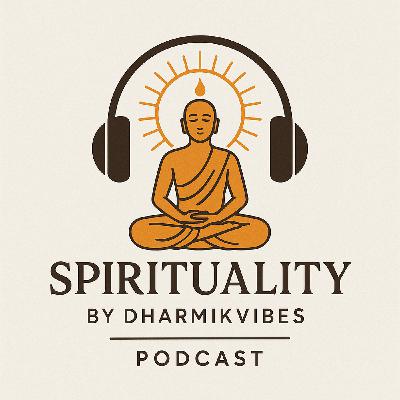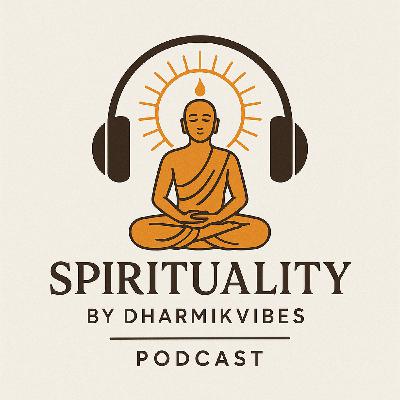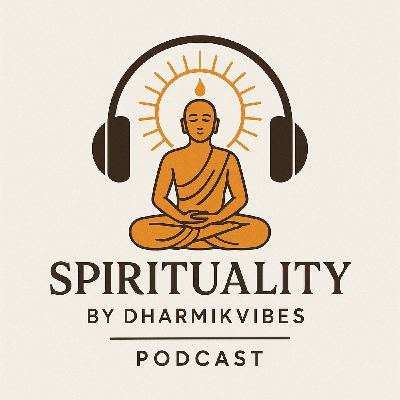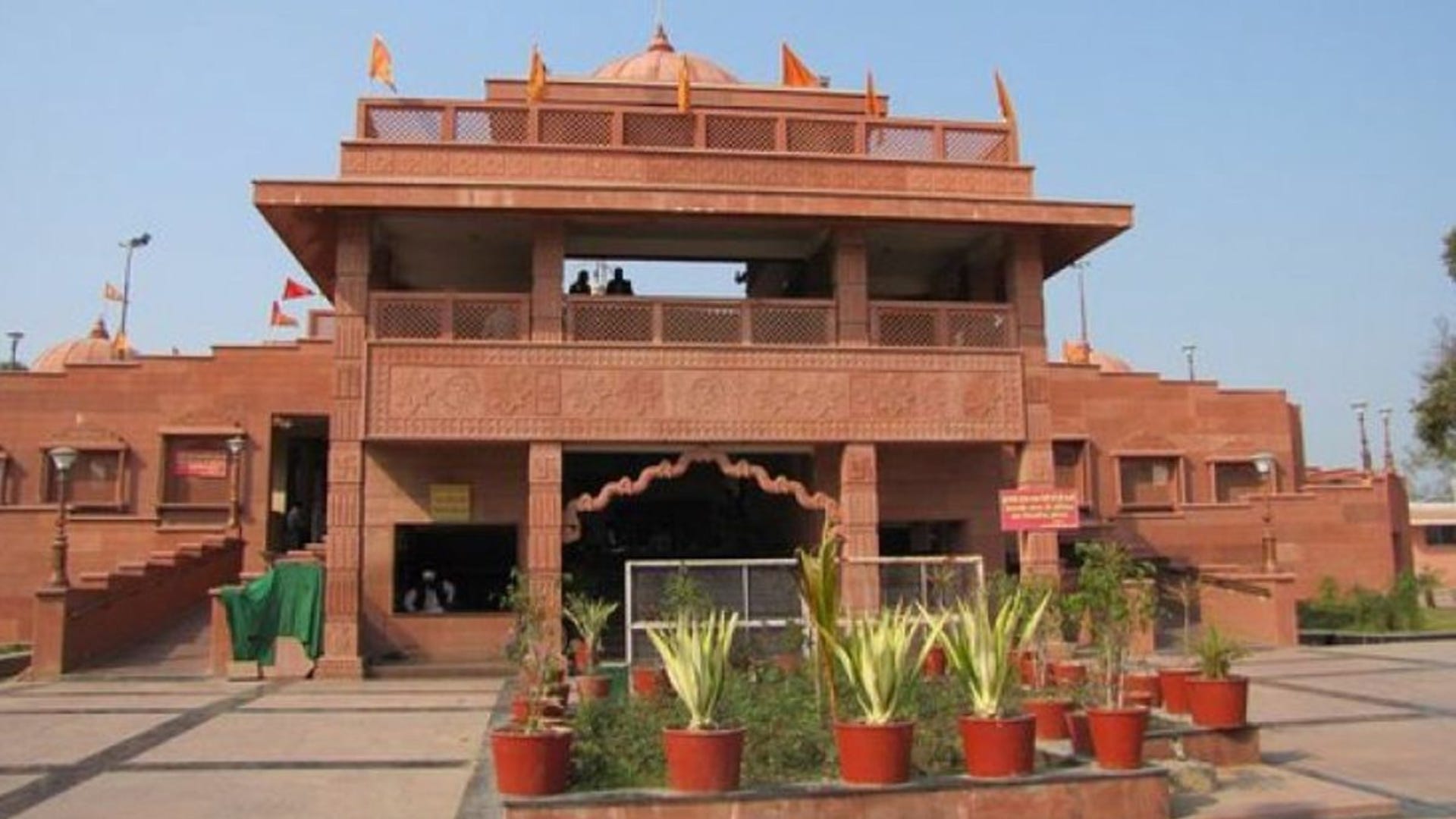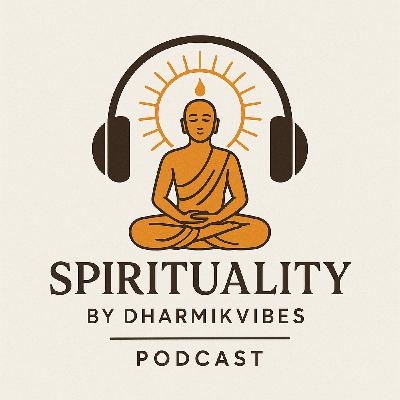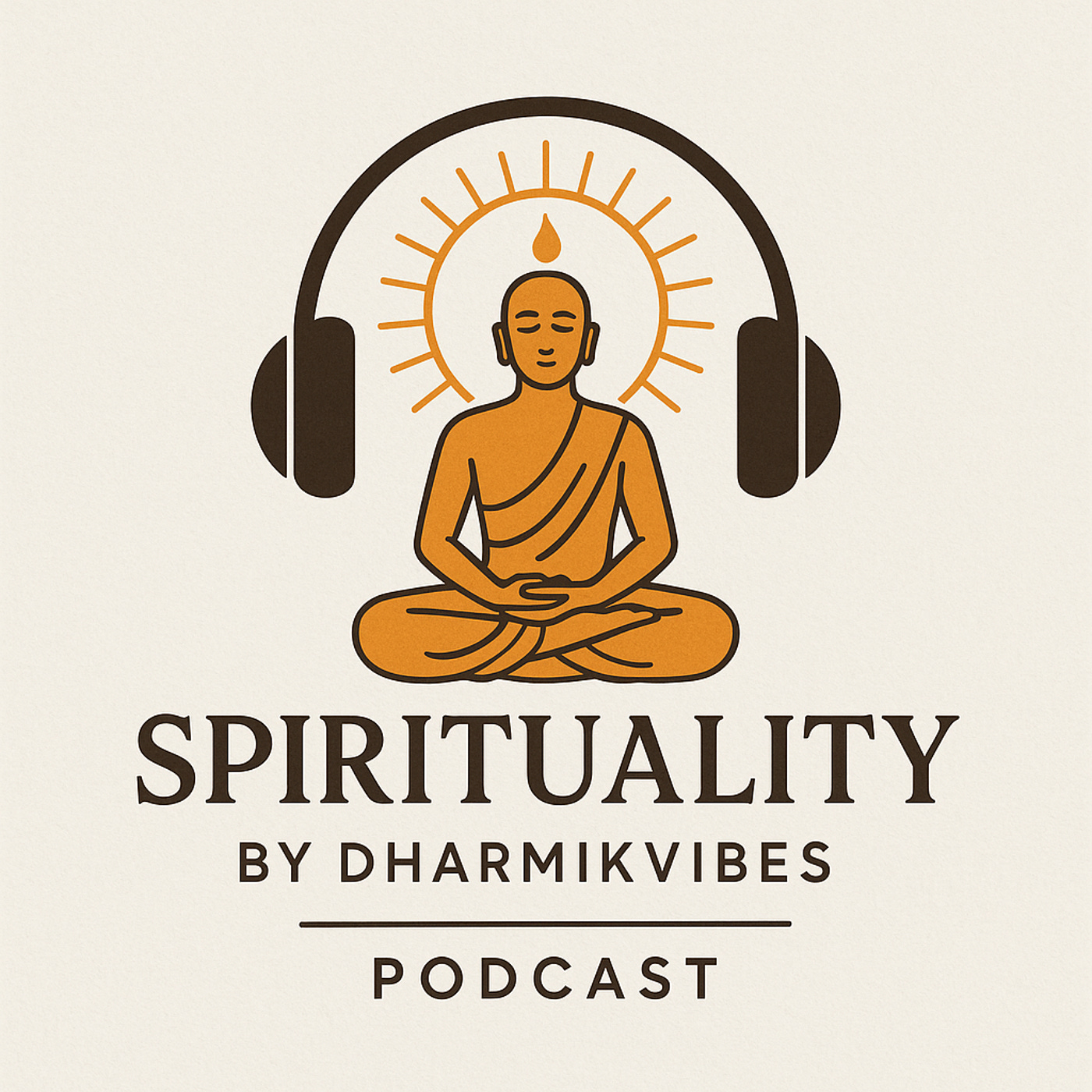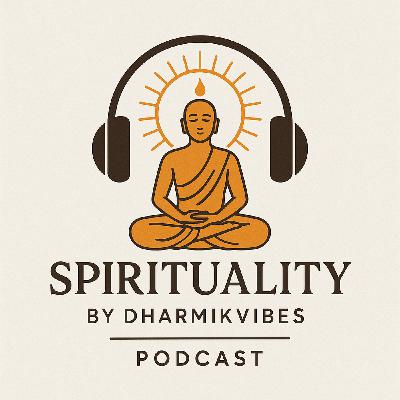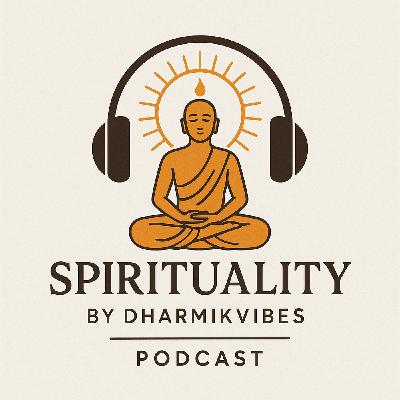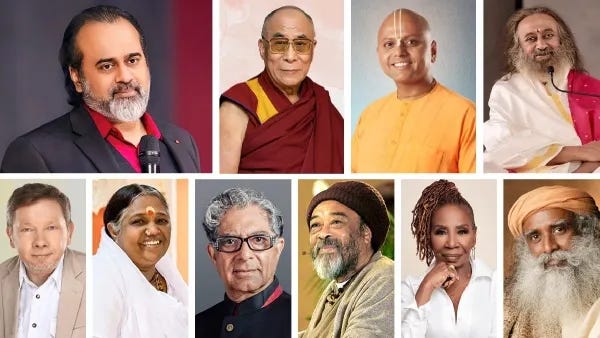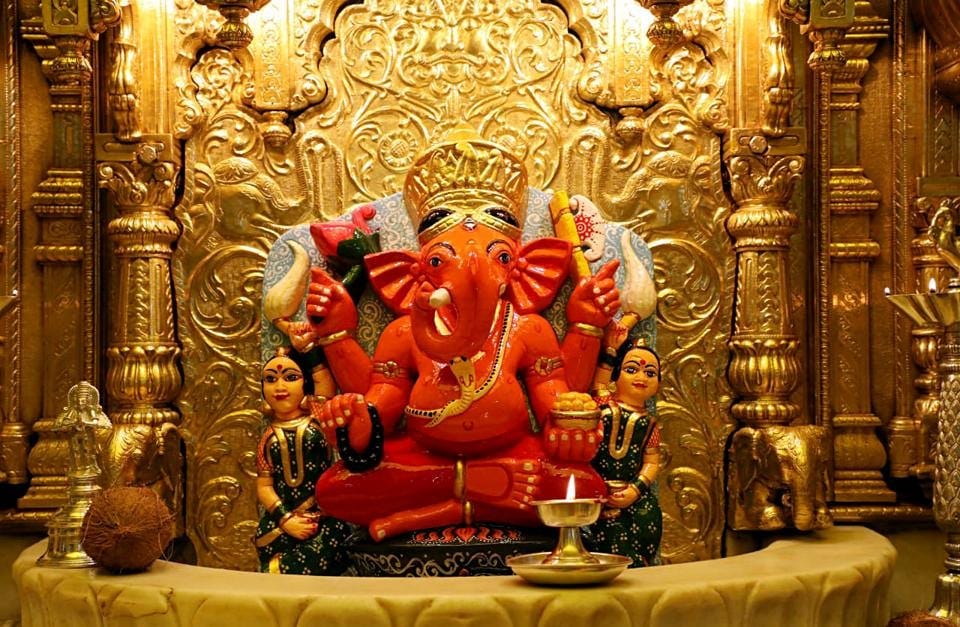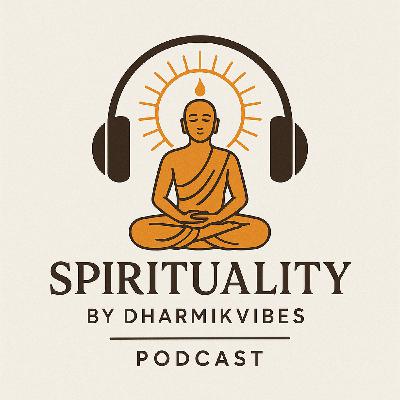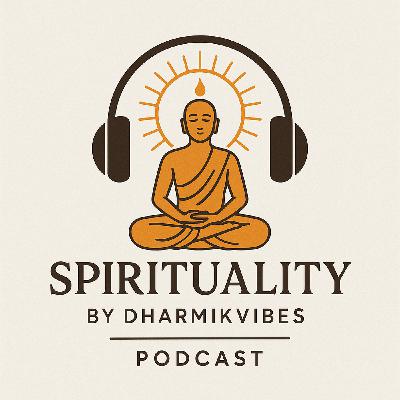What if God is Not Outside, But Inside You?
Description
The Forgotten Temple Within
Since the beginning of time, human beings have sought to understand the mystery of existence. Who am I? Where did I come from? What is the purpose of life? And above all - where is God?
To answer these questions, civilizations across the world built magnificent temples, pyramids, cathedrals, stupas, and mosques. They crafted idols out of stone and bronze, lit sacred fires, chanted prayers, and offered sacrifices. For millennia, humanity has looked upward to the heavens or outward to holy places, convinced that the divine must dwell far away - in the skies, in sacred rivers, or in sanctified shrines.
But amidst this outward journey, a deeper, quieter truth has always whispered: What if God is not outside, but inside you?
This is not a modern idea. The sages of the Upanishads, thousands of years ago, declared that the ultimate reality - Brahman - is not separate from the inner Self, the Atman. Their mahavakyas (great declarations) shook spiritual thought:
“Aham Brahmasmi” - I am Brahman.“Tat Tvam Asi” - Thou art That.
These words were revolutionary, suggesting that divinity is not a distant ruler sitting above the clouds, but the very essence of our being. The Bhagavad Gita echoes the same: Krishna tells Arjuna, “I am the Self seated in the hearts of all beings.”
Other traditions, too, have spoken of this inward kingdom. The Buddha taught that liberation is not a gift from outside, but the flowering of one’s own awakened mind. Jain Tirthankaras became divine not by worshiping an external God but by realizing and conquering the Self within. Even Jesus declared, “The Kingdom of God is within you.”
Yet, despite these timeless reminders, humanity continues to forget. We continue to search for God only in temples, churches, and rituals, while neglecting the most sacred temple of all - our own heart. The outward journey is important, but it is incomplete without the inward one. Temples, idols, and scriptures are meant to guide us, but the destination lies within, where silence, awareness, and love reveal the hidden spark of divinity.
This article is an exploration of that forgotten truth. It will journey through the history of spiritual thought, from the Vedas and Upanishads to the Bhagavad Gita and beyond. It will recount stories of seekers and saints like Nachiketa, Prahlada, and Mirabai, who discovered God not in stone but in spirit. It will examine the philosophical schools of Hinduism - Advaita, Dvaita, and Vishishtadvaita - that offer nuanced understandings of the Self and God. It will show how temple architecture, science, psychology, and meditation practices all point toward the same realization: the divine dwells within.
Above all, this is not just a philosophical inquiry but a practical invitation. To see yourself not as small, sinful, or broken, but as a living temple carrying the eternal light. To see others not as strangers or enemies, but as reflections of the same divine essence.
Perhaps the greatest spiritual revolution is not in discovering new gods but in rediscovering the God within.
🌿 Ancient Roots of the Idea: God Within
The idea that divinity is not merely outside but within has appeared in many spiritual traditions, but its most profound articulation arose in ancient India. Here, the sages did not stop at worshiping the forces of nature - they eventually turned their gaze inward and discovered that the ultimate reality was not just beyond the world, but also at the core of the self.
The Vedas and the Upanishads
The Rig Veda, the oldest scripture known to humanity, is filled with hymns to natural deities - Agni (fire), Vayu (wind), Indra (thunder), Surya (sun). These were not seen merely as physical forces, but as manifestations of the divine - accessible, powerful, and awe-inspiring. Worshiping nature was the earliest human attempt to connect with something beyond survival, to touch the sacred.
But as centuries passed, Indian spirituality evolved. The sages of the Upanishads began to ask deeper questions: If the gods pervade all of nature, then who is the seer behind the seeing? Who is the experiencer behind experience? Their meditations shifted focus from outer rituals (karma kanda) to inner inquiry (jnana kanda).
Out of this inner awakening emerged the mahavakyas (great declarations):
* “Aham Brahmasmi” - I am Brahman. (Brihadaranyaka Upanishad)
* “Tat Tvam Asi” - Thou art That. (Chandogya Upanishad)
* “Prajnanam Brahma” - Consciousness is Brahman. (Aitareya Upanishad)
* “Ayam Atma Brahma” - This Self is Brahman. (Mandukya Upanishad)
These were not philosophical speculations but experiential truths. They shattered the duality between God and human, between creation and creator. God was no longer a distant ruler in the sky - God was the very essence of the soul, the Atman, identical with Brahman, the infinite.
This inner revolution was India’s greatest spiritual contribution. While many civilizations continued to direct devotion outward, the Upanishadic sages turned the lamp inward and discovered the temple within.
The Bhagavad Gita - God in the Heart
The Bhagavad Gita carries this truth into the heart of human struggle. On the battlefield of Kurukshetra, Arjuna stands paralyzed, unable to fight against his own kin. In this moment of despair, Krishna reveals profound truths about life, duty, and the divine.
Krishna tells him:
“Aham atma gudakesha sarvabhutasaya sthitah”(I am the Self, O Arjuna, seated in the hearts of all beings.) - Bhagavad Gita 10.20
This is one of the most direct teachings of divine immanence - God resides not in distant heavens, but in the very heart of every living being.
The Gita emphasizes this repeatedly:
* 6.29 - “The yogi sees the Self in all beings and all beings in the Self.”
* 15.15 - “I am seated in everyone’s heart; from Me come memory, knowledge, and reason.”
The message is clear - outward worship may begin the journey, but ultimate realization lies within.
Buddhism and Jainism - Liberation Through Self
When the Buddha appeared in India, he challenged the overemphasis on ritual, sacrifice, and dependence on external deities. He did not deny the gods but declared them irrelevant to liberation. True freedom, he taught, comes from inner awakening.
* Nirvana is not a reward given by an external power but the natural state revealed when ignorance is destroyed.
* The Buddha urged seekers: “Atta deepo bhava” - “Be a lamp unto yourself.”
This was a radical shift - the divine or ultimate truth was to be found in direct experience, within one’s own mind and heart.
Jainism carried a similar vision. The Tirthankaras (spiritual conquerors) achieved divinity not by pleasing gods but by purifying themselves through discipline and inner conquest. Jain philosophy declares:
“The soul itself is God. When freed from all impurities, it shines with divine light.”
Both Buddhism and Jainism moved the axis of divinity inward - from external gods to inner transformation.
Christianity - The Kingdom Within
Christianity too contains a profound teaching of inner divinity, though often overlooked. Jesus said:
“The Kingdom of God is within you.” - Luke 17:21
This statement places the divine not in a faraway heaven but in the immediacy of one’s inner being. The early mystics of Christianity echoed this view. St. Augustine wrote: “God is more inward to me than my innermost self.”
Though later traditions often externalized divinity, these words preserve the radical truth that the divine is already present within each soul.
From the Vedas to the Upanishads, from the Gita to Buddhism, Jainism, and Christianity, one golden thread emerges:
* Divinity is not confined to temples, rituals, or distant heavens - it lives within the soul.
* Outward worship is a doorway - inward realization is the destination.
* The ultimate truth is not about finding God elsewhere - it is awakening to the God that has always been within.
✨ Stories That Illuminate the Truth
Stories often convey spiritual truths more powerfully than dry philosophy. They bring concepts to life, showing how seekers and saints across ages discovered that the divine is not confined to temples or rituals, but resides within. Here are four timeless stories that shine this truth.
1. Nachiketa and Yama – The Boy Who Sought Immortality
In the Katha Upanishad, a young boy named Nachiketa becomes the hero of a profound spiritual dialogue. His father, Vajashrava, while performing a ritual sacrifice, donates old and useless cows instead of healthy ones. Disturbed by this hypocrisy, the boy innocently asks: “Father, to whom will you give me?” Angered, the father blurts out: “I give you to Yama, the Lord of Death!”
Obedient and fearless, Nachiketa travels to the abode of Yama. When he arrives, Yama is away, so the boy waits for three days without food or water. Impressed by his patience and discipline, Yama offers him three boons.
* In the first boon, Nachiketa asks for his father’s anger to be calmed.
* In the second, he asks to learn the fire-sacrifice that leads to h

